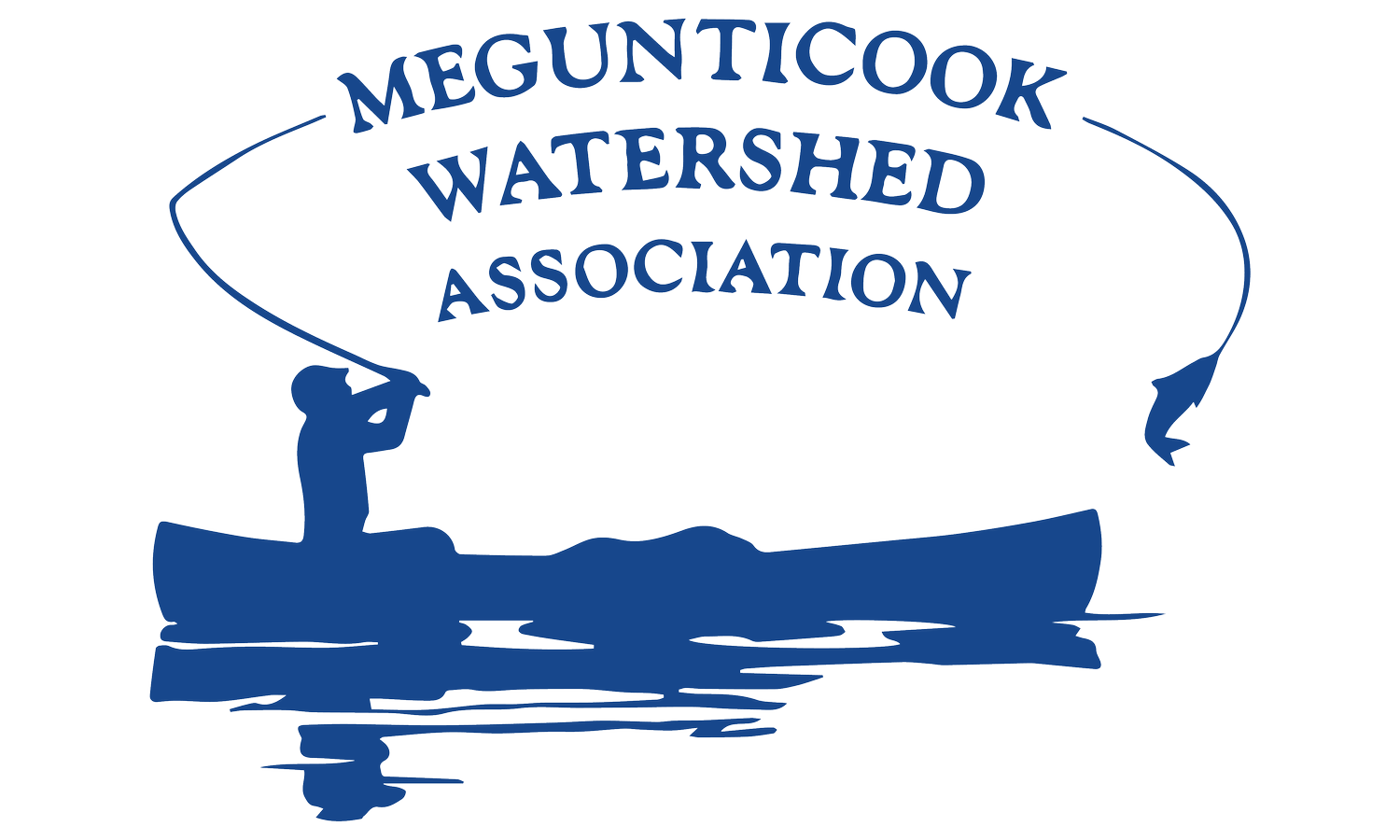An Ode to Native Plants
Greetings, Watershedders! It’s spring and you know what that means? It’s time to plant! Nurseries wow you this time of year with all their fresh stock just ready for a new home. And you had all winter to contemplate What Makes a Better Buffer, the article in the fall newsletter, and are raring to load up on plants, especially natives, to built up that oh, so important zone at the edge of your waterway. Right?
Oh. I can see the eye rolls now. But it IS important. As a refresher, please read for the post on www.megunticook.org. Still not fired up? Well, to borrow a well-known phrase (my thanks to Nike), just do it. There has to be something about the watershed that is important enough for you to help out, to make one small step toward ensuring great water quality in the years to come. Here are some suggestions:
There is so much in the news about pollinator decline. So make that your goal - to help pollinators. Even a plant in a pot can feed a bee, if it has nectar or pollen or both. And when they visit they get dusted with pollen to transport to the next flower. Voila! Seeds can happen! Do it for pollinators!
Maybe you love butterflies. I call them the Angelina Jolie and Brad Pitts of the garden. We want to attract them, we want to watch them. ( They pollinate too but not on the A list for that) They bring beauty. That’s fine. How to attract them - plant plants that their caterpillars eat! Yes! The happy caterpillars feed on specific plants - the go-to example is the Monarch butterfly with its absolute need for milkweed to feed on, but there are so many others - so plant for them and they will come. Do it for butterflies!
How many people thrill to the sight of birds? And I am not in this case thinking of loons or eagles. I am thinking of Scarlet Tanagers, Baltimore Orioles, both of which used to nest in the trees on our property. I am thinking of Eastern Phoebes who love to build nests on the eaves of buildings. I am thinking of Tree Swallows which can be encouraged to nest in wooden nest boxes, that is if Black-capped Chickadees don’t get there first. They need insects to feed their babies or else they disappear. ( Which three are getting to be less frequently seen in the Watershed?) Native plants are not only best - they are essential. They Are Essential. Soft caterpillars are the food of choice for song birds and their young in our yards. Trees and shrubs especially are the star performers here. Add them to your yard. They grow surprisingly fast and start helping immediately. Birds are inadvertent cheerleaders for the natural world. They are out and about during the day. They are visible; many are colorful. And they sing! Oh, yes, do it for the birds!
What if your main interest is fishing? You can help in a big way as well. Fish need clear clean water to thrive and grow. They are big benefactors of planted buffers along the edge of the water. Buffer plants have deep roots and hold back runoff so much better than the wimpy skimpy roots of grass. When we get rains, it seems that now it just pours. And the buffer area is the gate keeper for all that water runoff that could have pollutants in it. Getting rid of lawn has an added benefit - less time for mowing, more time for fishing! There is another reason that buffer plants help fish: these edge plants can provide insect and berry food for fish as well. Furthermore helping protect the water quality of course is ideal for populations of the other fish food, smaller fish, insects, all that food web! So there is a win- win-win-win situation. Do it for fish!
It is hard for me to conceive of anyone who would not be willing to do something to help out this wildlife at a time when there is so much need. But if you really can’t see your way to be inspired by this “pep talk” then what about you? What about your enjoyment of the environment? Swimming, paddle boarding, canoeing, fishing, all the fun things with power boats, all of these activities are dependent on water quality. And so much of water quality is dependent on our use of the land, and particularly the land right next to the water. Every year there is the chance for more development and cutting down of trees. Alas, there is now hemlock woolly adelgid in areas of the watershed, a pest that could be the death of hemlock trees that grow close to the water. What a loss in so many ways that could be. What additional erosion possibilities. And there is always the issue of camp roads that are a never ending source of phosphorus that can cause algae blooms. It’s not just about buffers any more; it’s about keeping a good layering of vegetation on all properties. So just do it for all of us!
And now I will get back to tending the extra new plants for our buffer, adding them in to the ones new last fall. Yes, I am a serious, lifelong gardener, it’s true, but everyone including me needs inspiration to keep planting. In my case it’s all the above, plus two dear little people named Keldan and Isla, my grandchildren. I do it for them too.
- Amy Campbell, is an MWA member who has spent part of every summer of her life on Megunticook Lake and always enjoys learning and sharing new things about life of all kinds in the watershed.

